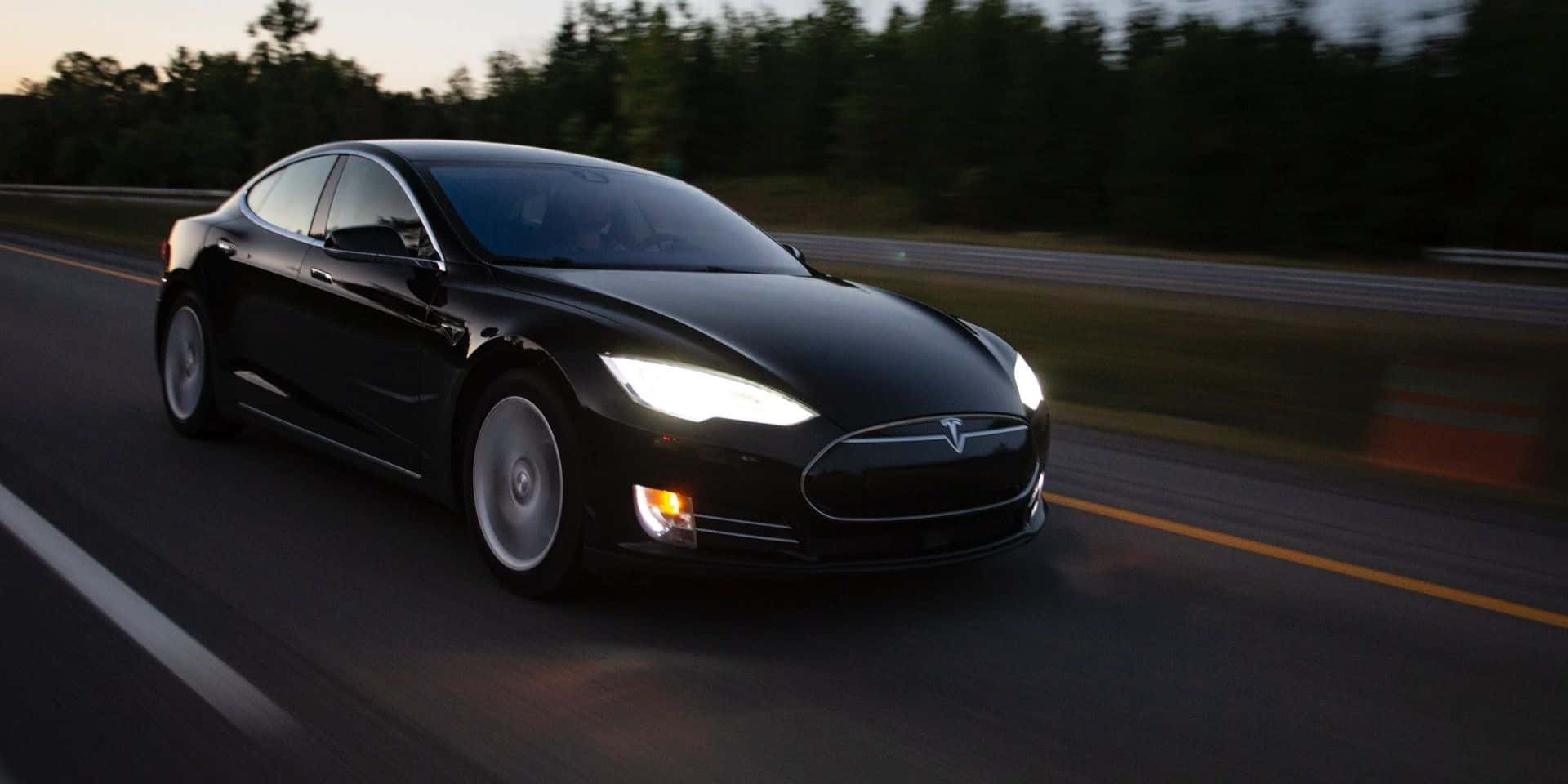
Beginners guide to Dash CamsNo Date Posted
The difference between dash cams and traditional cameras Although dash cams may seem similar to traditional video cameras, they equip motorists with several exclusive technological benefits. For example, a dash cam will possess automatic start and stop recording capabilities. Subsequently, your dash cam will begin to record as soon as it is plugged into your car's power adaptor and will cease filming only when it is unplugged. This feature can prove instrumental in securing continuous real-time driving footage in the event that an automotive incident suddenly occurs. Furthermore, dash cams also feature continuous loop recording functions. As explained by photography website Storm Highway, this perpetual cycling function means that your dash cam; "continuously records hands-free without stopping. These cameras record video files in 2, 5, 10 or 15 minute intervals until the memory card fills up, then they erase the oldest file and replace it with the newest file. This means you always have the last 30 minutes or more of video available".
By purchasing a dash cam with these loop recording features, you can avoid the unfortunate circumstance wherein an automotive incident occurs and your camera has run out of film so you do not have concrete surveillance proof of the events that have occurred.
How dash cams can benefit motorists One of the main benefits of owing a dash cam is their ability to expose 'crash for cash' schemes. These incidents involve a con artist who intentionally causes a crash with another vehicle to claim an insurance payout. Many businesses are suffering as a direct result of these schemes because their leased cars are being targeted by con artists. As outlined by on our website, vehicles leased by a business will often come equipped with the following safeguards ; "The manufacturer's warranty will apply as the vehicle is often brand new...Road tax is another cost regularly included as part of the leasing arrangement".
However, it is the responsibility of the business in question to arrange their own insurance policies. Consequently, both small companies and large corporations can be financially hindered by these 'crash for cash' schemes because their employees are coerced into paying out for an accident that was not their fault. Fortunately, dash cams can record these incidents as they occur. By doing so, motorists can obtain concrete video proof that the automotive incident was the fault of the con artist and thus alleviate the innocent parties involved from being extorted.